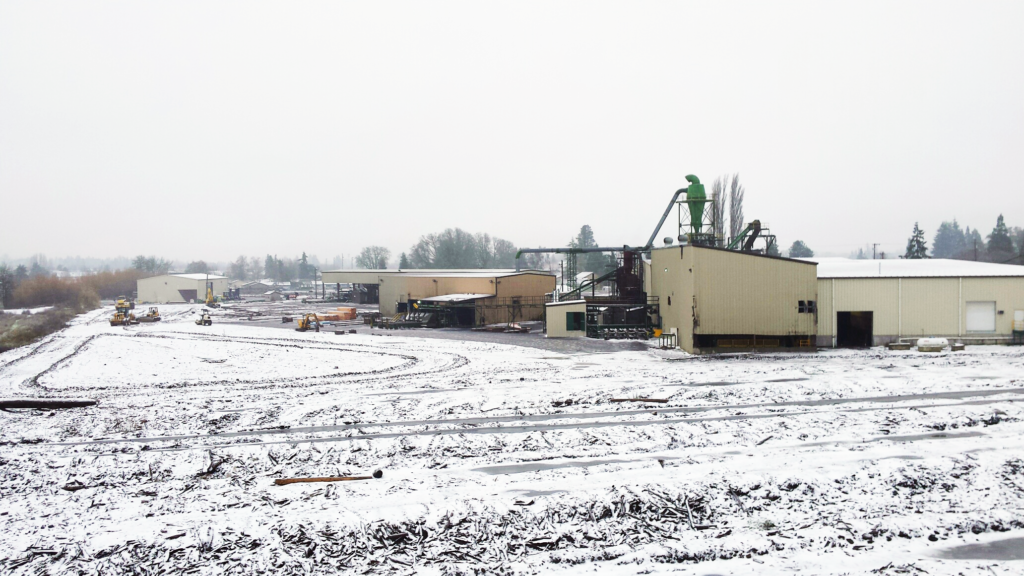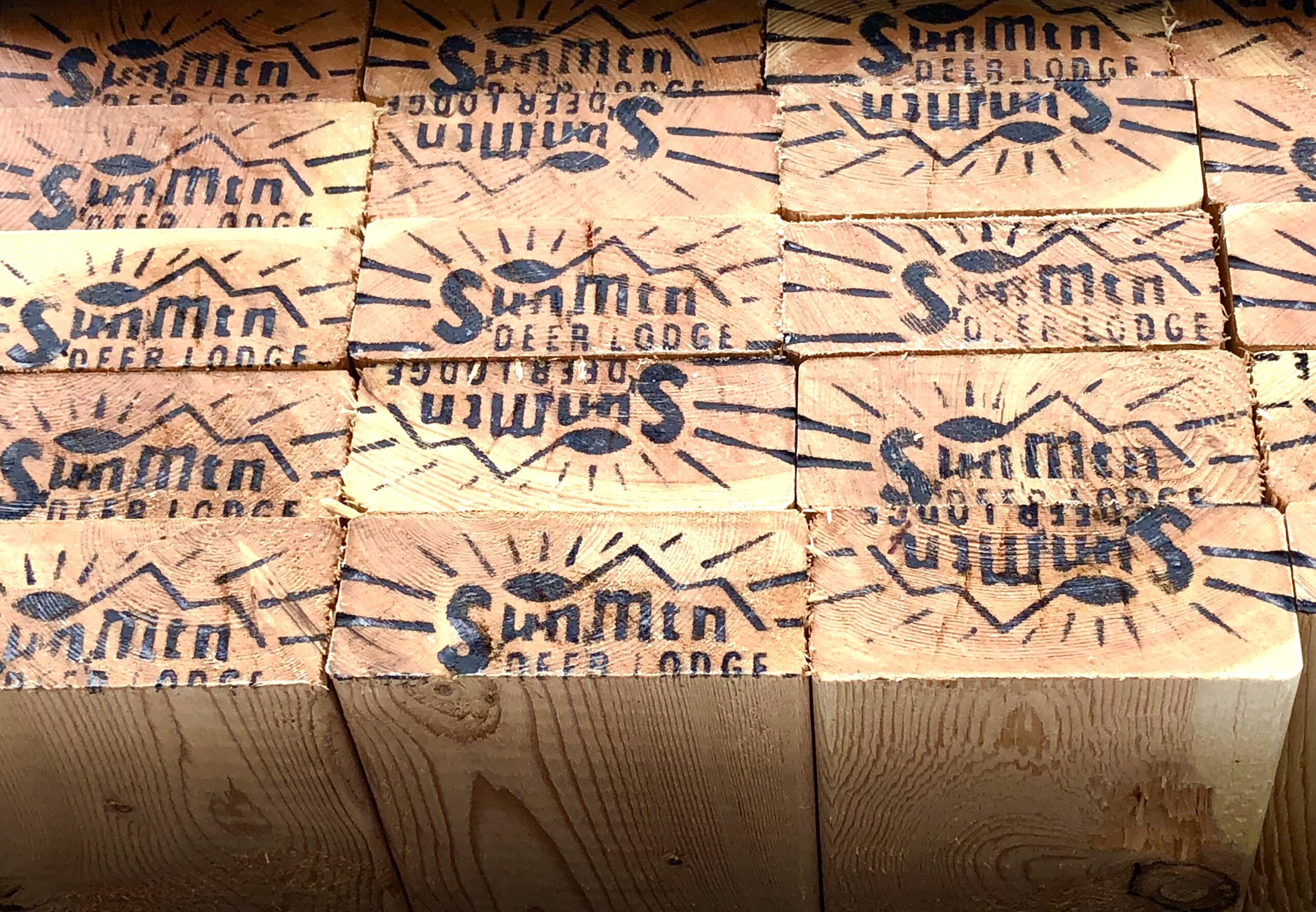Lumber prices are making headlines across North America and for good reason—over the past year, the price of lumber has increased dramatically. A global health crisis, policy interventions, and basic supply and demand issues have created shortages of a number of critical materials. Supply chain issues have affected many products from steel to microchips. Commodity producers are scrambling to keep up with demand while end users, from car manufacturers to construction businesses struggle to meet consumer expectations both in terms of availability and cost. I want to share our experience as a lumber producer to help consumers unpack what they’re seeing play out across store shelves and the domestic housing market.
Supply Disruptions
First and foremost is the issue of supply. In spring of 2020, when COVID restrictions first went into effect in North America, most mills in the U.S. and Canada curtailed operations as demand suddenly dropped and construction projects came to a grinding halt.
These curtailments turned out to be relatively brief. In mid-April, lumberyards (including home center stores like Home Depot and Lowes) were deemed essential businesses and reopened. Consumers, many now stuck at home, flocked to purchase wood for DIY projects.
Mills were eager to resume normal operational schedules but were hampered by new COVID considerations as plants adapted to social distancing protocols and occasional outbreaks that slowed or stopped production. With soaring demand and sluggish mill reboots, lumber prices rose.
These COVID-related disruptions added to existing challenges for the local lumber industry, which was already struggling with log supply issues. Scant harvests on federal forests, which make up over half of all forestland in Oregon and Washington and dwindling harvests on state forests have significantly reduced log supply in the Pacific Northwest. Increasingly severe wildfire seasons in the West further exacerbate log supply issues. Up in British Columbia, pine beetle infestations have destroyed 15 years of log supplies in the Province. Because of the reductions in log supply, the industry has scaled back milling infrastructure such that the remaining mills can’t satisfy huge increases in lumber demand. 30 percent of lumber used in the U.S. is imported from other countries due to the lockdown of our federal forests. Even if demand kept pace, it’s unlikely that the industry would add capacity in the Pacific Northwest without increased log supply.
Monetary & Fiscal Policy
In March of 2020, the U.S. Federal Reserve took emergency measures and cut its benchmark interest rate to near zero, making it easier to borrow money. This has influenced long-term mortgage rates and spurred a building boom, despite the ongoing pandemic. With the supply chain for lumber already thin, prices increased further. Today, interest rates remain at near record lows. In March of 2021, U.S. homebuilding hit a 15-year high and demand is still outpacing supply as buyers seek to take advantage of the low interest rates. Shortages of lumber and other building products are delaying construction of much needed new housing and contributing to increased home prices across the board.
In addition to the impacts on the housing market, government stimulus and enhanced unemployment benefits kept the repair and remodel business strong throughout 2020. Business at home center stores was up more than 25 percent in 2020 from the year before.
Ripple Effects
Lumber is not the only building material in short supply. Oriented strand board (OSB) products, plywood and engineered wood products (EWP) are hard to come by these days and experiencing significant price increases. The surging consumer demand in the U.S. has also led to an international shipping container shortage, which further compounds supply issues. The bottlenecks at our international ports is contributing to home construction delays because many building products come from China. Something as simple as a door jamb is in short supply right now.
Looking Ahead
Lumber prices and production remained high going into the second quarter of 2021. U.S. lumber production is up 5 percent YTD, driven primarily by increases in the U.S. South. Lumber and log exports from both Canada and the U.S. have slowed dramatically to feed the booming North American market.
It’s unclear how long lumber prices will remain high. Our business has always been volatile. There are bad years – particular during recessions – when sawmills suffer large losses. We prepare for the ups and downs in the market and plan for the future by investing in our people, facilities, and communities in the good years. This long-term focus, established and maintained by the Hampton family, is what has kept Hampton Lumber operational for nearly 80 years.
As the pandemic continues to affect families, businesses, and national economies, we should take note and celebrate the fact that we can now see the light at the end of the tunnel. To save lives, restore livelihoods, and normalize supply and demand chains, we need to increase vaccination rates at home and across the globe. Much of the volatility we see today is due to an unprecedented global health crisis. No matter what side of the supply chain you’re on, I think we’re all ready to put this pandemic behind us as quickly as possible.
Steve Zika, CEO
Hampton Lumber



